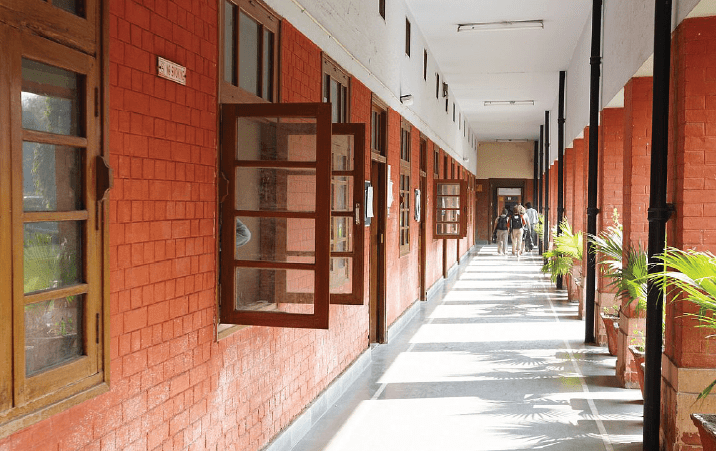The promulgation of the 103rd Constitutional Amendment Act, introducing a 10 per cent EWS quota in higher education institutions, was followed up by the Centre with the approval of over 2.14 lakh additional seats in 158 centrally funded institutions at a cost of Rs 4,315 crore.
The UGC had issued instructions to all central universities, colleges and deemed-to-be universities “whose maintenance expenditure is met by the UGC” for implementation and compliance of the newly-introduced quota policy from the academic year 2019-20 itself.
While the full break-up of the release of the approved funds was not immediately available, there have been indications that many higher educational institutes are yet to receive a large proportion of the promised funds. For instance, of the total allocation, Rs 1,000 crore was earmarked for the 23 IITs.
Addressing a press conference last Friday, IIT Delhi Dean (Planning) P V Rao said the institution has “partly received the funds”. “The government of India had promised Rs 66.28 crore for construction of part of the academic complex. Partly we have received that,” he said.
The implementation of the EWS quota has also affected the student-teacher ratio of the institutes. In IIT Delhi, which aspires to have a 1:10 ratio, the prevailing share is around 1:14.
“When Institutions of Eminence status was granted to us, the ratio was 1:17. Currently we are at around 1:14.5. Because of the EWS quota, although we have improved our faculty strength, the number of students have also increased,” another official said.
The status of implementation at the state level varies from one to another. In Haryana, different institutions are handling the matter at their own level. Kurukshetra University and Maharshi Dayanand University in Rohtak are implementing it.
Courtesy : The Indian Express








